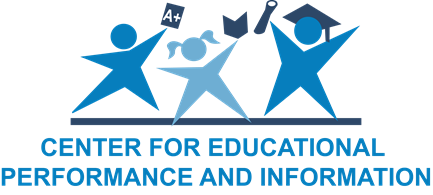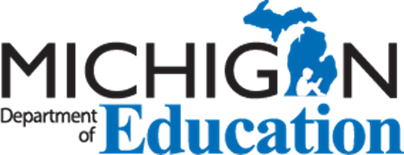The Success Rates report and data files show the number of degree-seeking students who enter a Michigan postsecondary community college or public university and achieve a successful outcome. This includes data for Michigan’s 28 community colleges and 15 public universities, along with aggregate metrics for the community college and public university sectors broken out by race/ethnicity and gender.
Successful outcomes include:
- Earning a certificate
- Earning an associate degree
- Earning a bachelor’s degree
- Transferring to a university (for community college students)
These rates capture both part- and full-time enrollment for all degree-seeking students as well as mobility between institutions.
The report and data files are updated in late spring. See the Recently Posted Reports page for when they were last updated.
Historical Changes
Beginning with 2015-16, early summer enrollment is included in the prior school year cohort. For example, early summer 2014 data would have been included in the 2014-15 cohort, but early summer 2016 data would be included in the cohort of school year 2015-16.
Starting with academic year 2018-19, data for colleges and universities that submit full transcript data to CEPI are no longer supplemented with data from the National Student Clearinghouse. Since this may cause differences in the data before and after the change, trend lines in the report were broken between 2017-18 and 2018-19.
See the MI School Data Quick Start Guide for the basics of navigating the site and customizing a report.
Success Rate Report: In the Institution of Higher Education dropdown, select one or more institution or sectors, or you can choose “Select All.”
In the “Subgroups - Year Entering Higher Education” dropdown, select one or more school years, or choose “Select All.”
Click View Report to update the report with your selections.
Success Rate Data Files: To run the report, choose a “College/University Group,” “Year Entering Higher Education” and “Subgroups” combination and click View Report.
- College/University Group: The type of institution of higher education, either community college or public university.
- Year Entering Higher Education: The school year in which a student entered a Michigan community college or public university as an undergraduate.
- Subgroups: The data can be broken down by race/ethnicity and gender.
Use the page arrow buttons to view your data. Click the save icon in the taskbar above to download your file. The entire file will be downloaded (using the parameters you selected), with the option to rerun the report to select different combinations and download again.
Since the report is designed to be exported into an Excel workbook, that is the recommended method for downloading and viewing data.
The National Student Clearinghouse and Center for Educational Performance and Information collected the data used to complete this report. The databases used include:
- CEPI’s Michigan Student Data System, to locate the student high school building, district and intermediate school district information as well as high school graduation year and demographics. For more about the MSDS application and reporting rules, please see the MSDS Collection Details Manual on the CEPI website.
- Student Transcript and Academic Record Repository, a collection within MSDS, to locate enrollment in a Michigan public community college or university. For details on the data definitions and how the data are collected, refer to the STARR Data Collection Manual.
- The NSC StudentTracker database, to locate enrollment from out-of-state or non-STARR participating colleges or universities. For a list of all colleges and universities that CEPI has available in its postsecondary data system, refer to the Postsecondary Entity List.
Cohort year is the initial school year a student enters a Michigan public postsecondary institution, or when a high school student participating in an Early/Middle College program begins their fourth year. Cohorts for institutions are adjusted for students who transfer in and out of that institution.
For each cohort of students, outcomes are measured at the end of each year beginning with year two for community colleges and year four for public universities. The award cutoff date for both community colleges and universities is August 31.
- For community college cohorts, outcomes are reported at the end of the second, third, fourth, fifth and sixth rate year after initially entering the cohort.
- For public university cohorts, outcomes are reported at the end of the fourth, fifth, sixth, seventh and eighth year after initially entering the cohort.
- Student outcomes are categorized as Successes and Continuing.
For more information on how the success rates are calculated, please consult Understanding Michigan's Postsecondary Success Rates.
If you have questions not addressed here or in the linked resources, please contact CEPI customer support at cepi@michigan.gov.
Report Labels
See the glossary for additional terms and acronyms used on MI School Data.
Adjusted Cohort: The number of degree-seeking students at a selected location, including those who have transitioned into the location and excluding those who have transitioned out.
Continuing: Students who are enrolled at the IHE and have not yet been counted as a Success.
Sector: For the purposes of this report, all public Michigan postsecondary institutions are classified as either a community college or public university.
Success: Success is defined as earning a certificate, an associate degree or a bachelor’s degree. For community colleges, success also includes transitioning into a 4-year university.
Data Calculations
Success Rate: Successes / Adjusted Cohort.




